Molybdenum Tungsten Sputtering Target Description
The molybdenum tungsten sputtering target is a type of alloy sputtering target composed of molybdenum and tungsten.
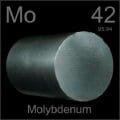 Molybdenum is a chemical element with the symbol “Mo” and atomic number 42. The name “molybdenum” originates from the Greek word ‘molybdos,’ meaning lead. It was first mentioned in 1778 and observed by Carl Wilhelm Scheele. The isolation was later accomplished and announced by Peter Jacob Hjelm. Molybdenum is located in Period 5 and Group 6 of the periodic table, belonging to the d-block elements. Its relative atomic mass is approximately 95.94 Daltons, with the number in parentheses indicating the uncertainty.
Molybdenum is a chemical element with the symbol “Mo” and atomic number 42. The name “molybdenum” originates from the Greek word ‘molybdos,’ meaning lead. It was first mentioned in 1778 and observed by Carl Wilhelm Scheele. The isolation was later accomplished and announced by Peter Jacob Hjelm. Molybdenum is located in Period 5 and Group 6 of the periodic table, belonging to the d-block elements. Its relative atomic mass is approximately 95.94 Daltons, with the number in parentheses indicating the uncertainty.
Related Product: Molybdenum Sputtering Target
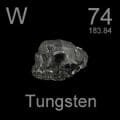 Tungsten, also known as wolfram or wolframium, is a chemical element with the symbol “W” and atomic number 74. The name “tungsten” originates from the Swedish words ‘tung sten,’ meaning heavy stone. The element was first mentioned in 1781 and observed by Carl Wilhelm Scheele, while its isolation was later accomplished and announced by Juan José and Fausto Elhuyar. Tungsten is located in Period 6 and Group 6 of the periodic table, belonging to the d-block elements. Its relative atomic mass is approximately 183.84 Daltons, with the number in parentheses indicating the uncertainty.
Tungsten, also known as wolfram or wolframium, is a chemical element with the symbol “W” and atomic number 74. The name “tungsten” originates from the Swedish words ‘tung sten,’ meaning heavy stone. The element was first mentioned in 1781 and observed by Carl Wilhelm Scheele, while its isolation was later accomplished and announced by Juan José and Fausto Elhuyar. Tungsten is located in Period 6 and Group 6 of the periodic table, belonging to the d-block elements. Its relative atomic mass is approximately 183.84 Daltons, with the number in parentheses indicating the uncertainty.
Related Product: Tungsten Sputtering Target
Molybdenum Tungsten Sputtering Target Specification
| Material Type | Molybdenum Tungsten |
| Symbol | Mo/W |
| Color/Appearance | Metallic Solid |
| Melting Point | N/A |
| Boiling Point | N/A |
| Density | N/A |
| Type of Bond | Indium, Elastomer |
| Available Sizes | Dia.: 1.0″, 2.0″, 3.0″, 4.0″, 5.0″, 6.0″ Thick: 0.125″, 0.250″ |
Molybdenum Tungsten Sputtering Target Bonding Services
Specialized bonding services for Molybdenum Tungsten Sputtering Targets, including indium and elastomeric bonding techniques, enhance performance and durability. Thin Film Materials (TFM) ensures high-quality solutions that meet industry standards and customer needs.
We also offer custom machining of backing plates, which is essential for sputtering target assembly. This comprehensive approach improves target design flexibility and performance in thin film deposition. Our channels provide detailed information about bonding materials, methods, and services, helping clients make informed decisions.

Packaging
Our molybdenum tungsten sputter coater target is carefully packaged in a plastic vacuum bag to prevent damage during storage and transportation, ensuring the product remains in its original condition. Additionally, the Certificate of Analysis (COA) for the raw material is included with the product to verify its quality and specifications.

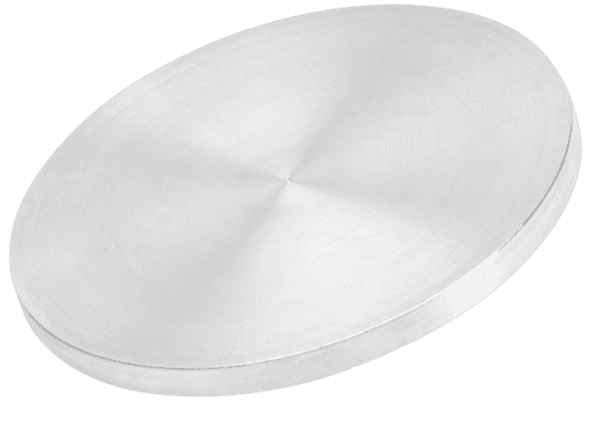
 MSDS File
MSDS File

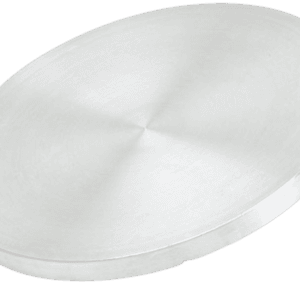
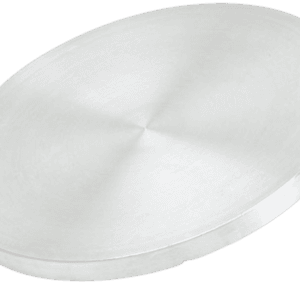
Reviews
There are no reviews yet.